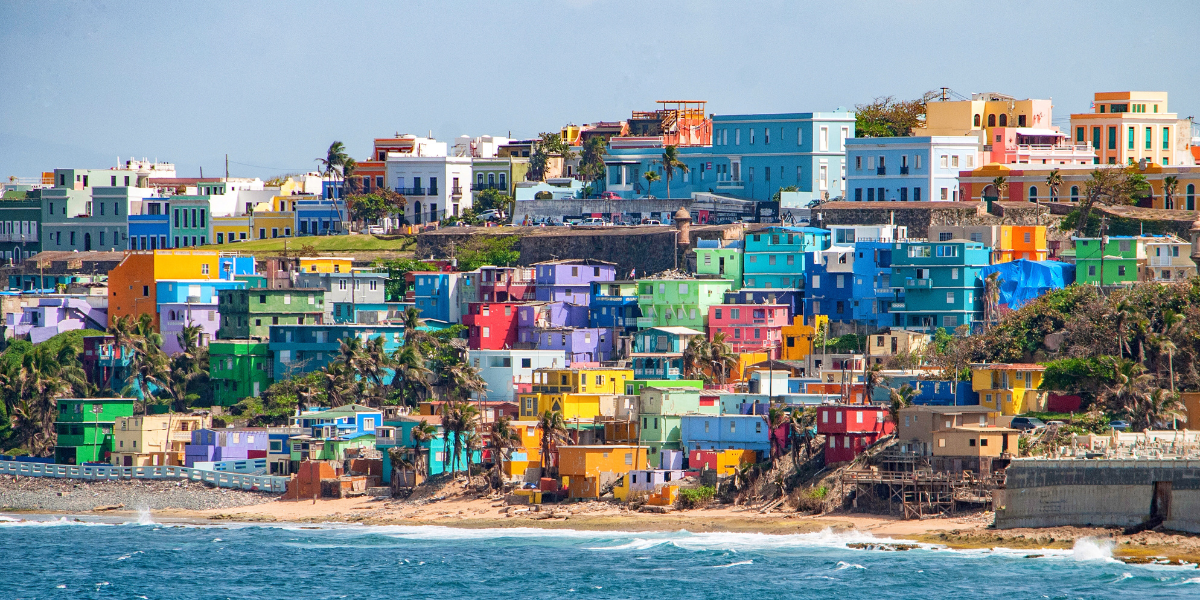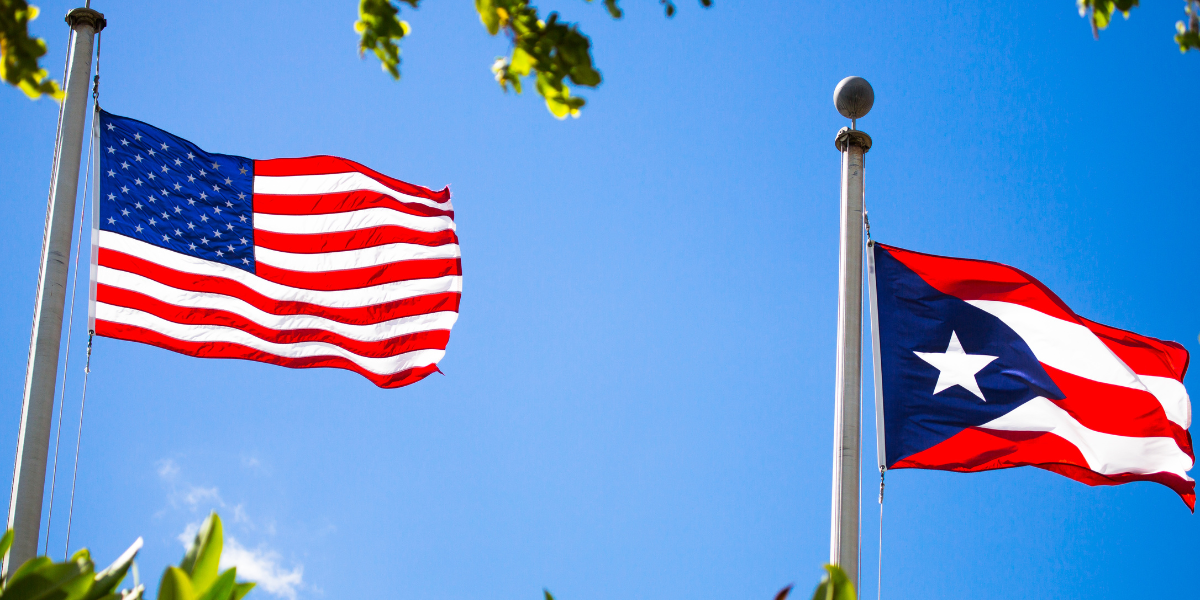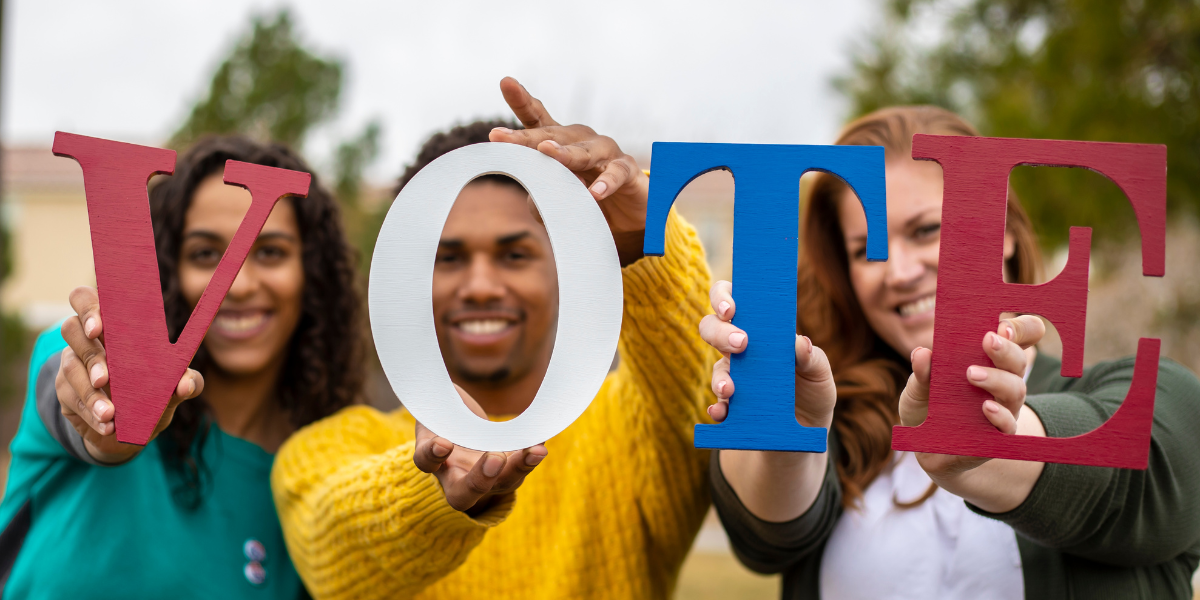This fascinating Caribbean melting pot is a definite study in contrasts. Whether we’re thinking about its mixed cultural roots, geography that spans mountains, rainforests, and beaches, or its complex relationship with the United States, this is one island worth exploring…

Indigenous, Spanish, and African roots.
The Taínos were the indigenous population of Puerto Rico. After Columbus arrived in 1493 and claimed the island for Spain, the Taínos were forced into slavery. Many died of diseases brought by the Spanish, many fled the island, and many were killed. To replace the dwindling Taíno slave labor, the Spanish eventually imported African slaves. (There were also free Africans – libretos – who travelled with the Spanish and settled in Puerto Rico.) As a result, the mixing of the Taíno, Spanish, and African cultures gave birth to Puerto Rican culture as we know it today.

Puerto Rico is a commonwealth of the United States.
In 1898, after the US invaded Puerto Rico during the Spanish-American War, Spain ceded the island to the US. Then in 1917, it became a US territory. In 1952, it became a commonwealth with its own constitution. So, a popular focus of Puerto Rican political debate is often whether to remain a commonwealth, become totally independent, or become the 51st state.

Mixed rules apply.
Puerto Ricans are US citizens and holders of US passports. Therefore, travel between the island and the mainland is considered domestic travel. Spanish and English are both official languages. However, Spanglish is common. Puerto Ricans vote in US presidential primaries, but not the national election. Puerto Rico is represented in the US House of Representatives by their Resident Commissioner, who can voice opinions and ideas, but has no vote. US federal laws apply, but federal taxes don’t. And Puerto Rico observes all US national holidays AND local holidays, which means lots of time off!













